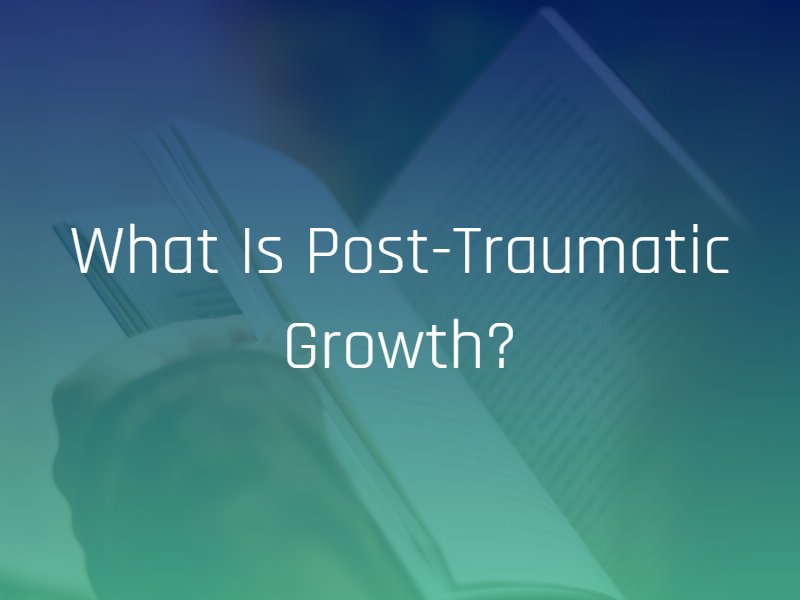Sexual assault is a highly traumatic event. Its aftermath can lead to significant mental health issues for survivors, including the development of Post-Traumatic Stress Disorder (PTSD), anxiety, depression, and more. However, many treatment options are available for survivors — and when healing progresses, so does Post-Traumatic Growth.
The Definition of Post-Traumatic Growth
After experiencing a traumatic event, you can experience many symptoms of PTSD, such as flashbacks, fear, severe anxiety, insomnia, and loss of interest in activities you once enjoyed. These symptoms can lead to a significantly negative shift in your mental state.
Post-Traumatic Growth, on the other hand, is the positive shift in your mental state following a traumatic event. With this growth, you acknowledge what happened to you and acknowledge that this adversity can lead to positive developments in your understanding of the world, other people, and yourself.
You may still experience symptoms of Post-Traumatic Stress Disorder, but the development of Post-Traumatic Growth allows you to develop the inner strength necessary to understand, confront, and coexist with these symptoms. Post-Traumatic Growth is not a sign that the healing process is over, but rather that your mental state is progressing in a positive direction.
Not everyone who experiences a traumatic event will experience Post-Traumatic Growth, and this is normal. Different people process trauma in unique ways, and for people who do experience Post-Traumatic Growth, the positive changes can be long-lasting.
What Are the Signs of Post-Traumatic Growth?
Many people confuse Post-Traumatic Growth with the concept of resilience, but these processes are very different from each other. Becoming more resilient as a result of a traumatic event may be a sign of Post-Traumatic Growth, but it is not the only effect that survivors can experience. Experts look for signs of Post-Traumatic Growth in the following five areas.
- An increased or newfound appreciation of life
- The development or growth of positive relationships with other people
- The realization of new possibilities in life
- Increased personal strength
- Deeper spiritual change
These positive changes point to healing for many survivors, and these areas are helpful indicators in identifying Post-Traumatic Growth.
The Validity of Post-Traumatic Growth
Many experts believe that witnessing positive changes in the five areas listed above are true signs of Post-Traumatic Growth. However, more research in this area is necessary to determine whether or not perceived and actual growth are occurring at the same rates.
In addition, survivors may experience growth in certain areas, but not all of them. The researchers who defined the five areas, Richard Tedeschi and Lawrence Calhoun, are in the process of revising their theory to include secular viewpoints and cross-cultural experiences.
In addition, some experts believe that Post-Traumatic Growth is a coping mechanism, not a sign of healing. Post-Traumatic Growth may help survivors overcome feelings of vulnerability and instability, and may help survivors adapt back to normal life.
Legal Options for Sexual Assault Survivors
Post-Traumatic Growth is a good sign for survivors, showing that their healing processes are progressing in a positive direction. However, it takes support and resources to begin this healing. If you are struggling with the aftermath of sexual assault, contact an attorney with experience advocating for survivor’s rights. With the support of a sexual assault lawyer, you can strategize your next steps and pursue legal action against the perpetrator responsible for the assault.

